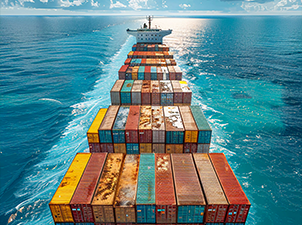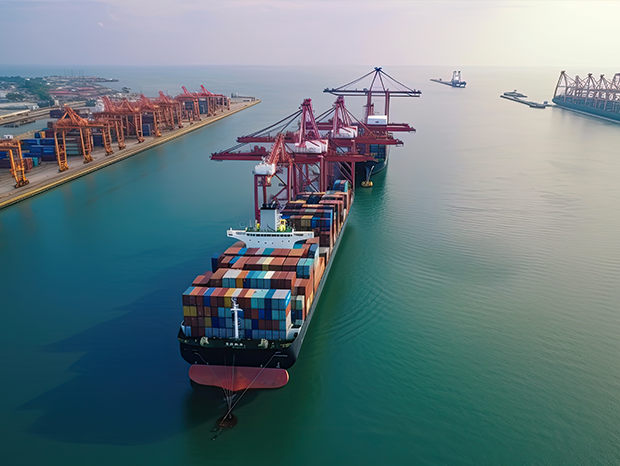Sea transportation is the movement of goods and people across the world’s oceans, seas, and other large bodies of water. It’s one of the oldest and most reliable methods of transporting large quantities of goods over long distances. Whether it’s carrying raw materials like oil, coal, and grain or finished products like cars, electronics, and clothing, sea transportation is crucial for global trade and the economy.
Key Aspects of Sea Transportation
Types of Ships
Different ships are used for different purposes in sea transportation. For example:
- Container Ships: These carry goods packed in large containers, making loading and unloading efficient.
- Bulk Carriers: Designed to transport unpackaged bulk goods like coal, grain, or ore.
- Tankers: Specialized ships for carrying liquids, such as oil, chemicals, and liquefied natural gas.
Passenger Ships: These include cruise ships and ferries that transport people across seas.
- Global Trade
Sea transportation plays a vital role in international trade, enabling countries to export and import goods. It’s the most cost-effective way to move large volumes of goods, making it a cornerstone of the global economy. - Environmental Impact
While sea transportation is essential, it does have an environmental impact. Efforts are being made to reduce pollution from ships by using cleaner fuels and improving ship designs to be more energy-efficient. - Port Operations
Ports are where the action happens. They are crucial hubs where goods are loaded, unloaded, and sometimes stored. Efficient port operations ensure that goods move quickly and smoothly from ship to shore and vice versa. - Safety and Regulation
Sea transportation is heavily regulated to ensure safety and security. International laws and organizations, like the International Maritime Organization (IMO), set standards for ship construction, operation, and environmental protection to minimize accidents and environmental damage.


Why Choose Sea Transportation?
- Cost-Effective: Transporting goods by sea is generally cheaper compared to air transportation, especially for bulky or heavy items.
- Large Capacity: Ships can carry thousands of tons of cargo, making it possible to move large quantities in a single trip.
- Global Reach: Sea transportation connects countries and continents, making it a key player in international trade.
Whether you’re a business looking to move goods or an individual planning a sea voyage, understanding the different aspects of sea transportation can help you make informed decisions.


